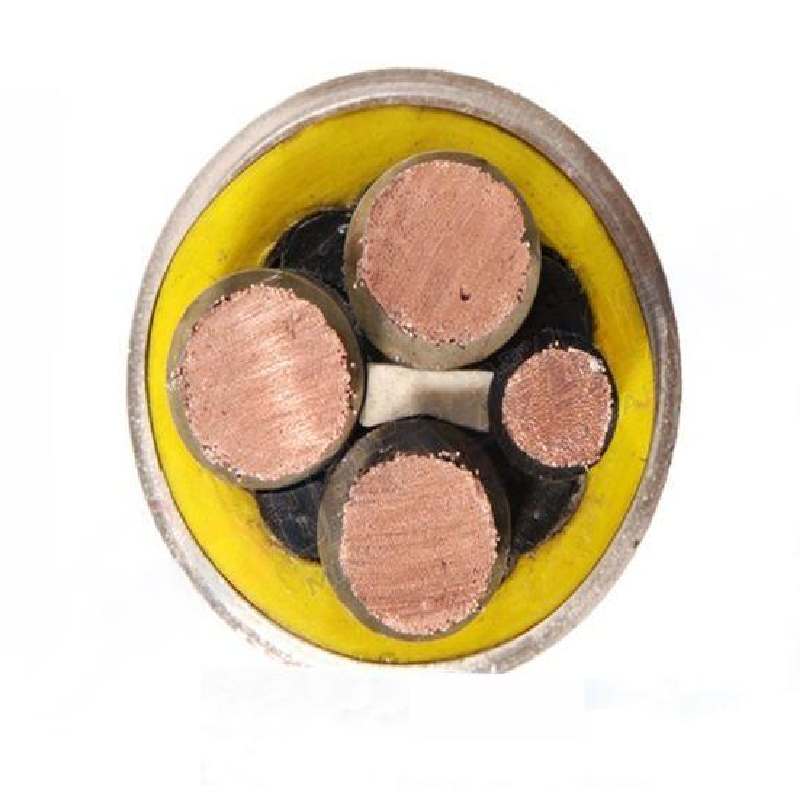10 月 . 13, 2024 05:01 Back to list
Flange End Butterfly Valve Design and Application Guide
Understanding Butterfly Valve Flange Ends A Comprehensive Overview
Butterfly valves are critical components in many industrial applications, providing efficient flow regulation and control. Among the various configurations of butterfly valves, the flange end variant is particularly noteworthy due to its effectiveness in facilitating secure piping connections. This article will explore the significance, advantages, and applications of butterfly valve flange ends.
What is a Butterfly Valve?
A butterfly valve is a type of flow control device that consists of a circular disc or vane that rotates around a shaft. When the valve is closed, the disc blocks the flow of fluid, while turning it 90 degrees allows fluid to pass through. This simple mechanism allows for quick opening and closing, making butterfly valves ideal for applications requiring fast flow control.
The Role of Flange Ends
Flange ends refer to the raised rim or edge around the valve’s body that allows it to be securely bolted to piping systems. This design is essential for creating a leak-proof connection between the valve and the pipeline. Flange ends come in various standards, including ANSI, API, and DIN, ensuring compatibility with different piping systems and facilitating easy installation.
Advantages of Butterfly Valve Flange Ends
1. Ease of Installation Flanged butterfly valves are generally easy to install due to standard flange sizes and configurations. The flanges allow for straightforward alignment and bolting, which reduces installation time and labor costs.
2. Robustness Flange ends enhance the structural integrity of butterfly valves, providing strength and stability in high-pressure applications. This robustness minimizes the risk of leaks and failures, which is paramount in industrial environments.
3. Versatility Butterfly valves with flange ends can be used in various systems, including water treatment, chemical processing, HVAC systems, and oil and gas industries. Their versatility makes them a popular choice for multiple applications.
butterfly valve flange end

4. Cost-Effectiveness Compared to other types of valves, butterfly valves are often more affordable without compromising performance. Flanged configurations tend to offer a balanced combination of performance and cost, making them a sensible choice for many projects.
5. Compact Design Flanged butterfly valves take up less space than traditional valves with other end connections. This compact design is beneficial in environments where space is limited.
Applications of Butterfly Valve Flange Ends
Butterfly valve flange ends are widely implemented across various sectors
- Water Treatment They are commonly used in water treatment facilities to regulate water flow, ensuring efficient management of water resources. - Chemical Processing The chemical industry often utilizes butterfly valves due to their ability to handle corrosive substances and maintain tight seals.
- HVAC Systems In heating, ventilation, and air conditioning (HVAC) systems, butterfly valves manage airflow and maintain pressure levels effectively.
- Oil and Gas The oil and gas sector benefits from flange-end butterfly valves to manage the flow of petroleum and natural gas, providing secure and reliable operation under challenging conditions.
Conclusion
Butterfly valve flange ends play a vital role in ensuring the efficient operation of various fluid systems. Their ease of installation, robustness, versatility, cost-effectiveness, and compact design make them a preferred choice across multiple industries. As the demand for effective flow control devices continues to grow, the significance of butterfly valves with flange ends will remain pivotal in achieving optimized performance and reliability in piping systems. For industrial applications looking for dependable valve solutions, investing in flange-end butterfly valves is an informed decision that can yield long-term benefits.
Share
-
Understanding the Differences Between Wafer Type Butterfly Valve and Lugged Butterfly ValveNewsOct.25,2024
-
The Efficiency of Wafer Type Butterfly Valve and Lugged Butterfly ValveNewsOct.25,2024
-
The Ultimate Guide to Industrial Swing Check Valve: Performance, Installation, and MaintenanceNewsOct.25,2024
-
Superior Performance with Industrial Swing Check Valve: The Essential Valve for Any SystemNewsOct.25,2024
-
Industrial Swing Check Valve: The Ideal Solution for Flow ControlNewsOct.25,2024
-
You Need to Know About Industrial Swing Check Valve: Functionality, Scope, and PerformanceNewsOct.25,2024